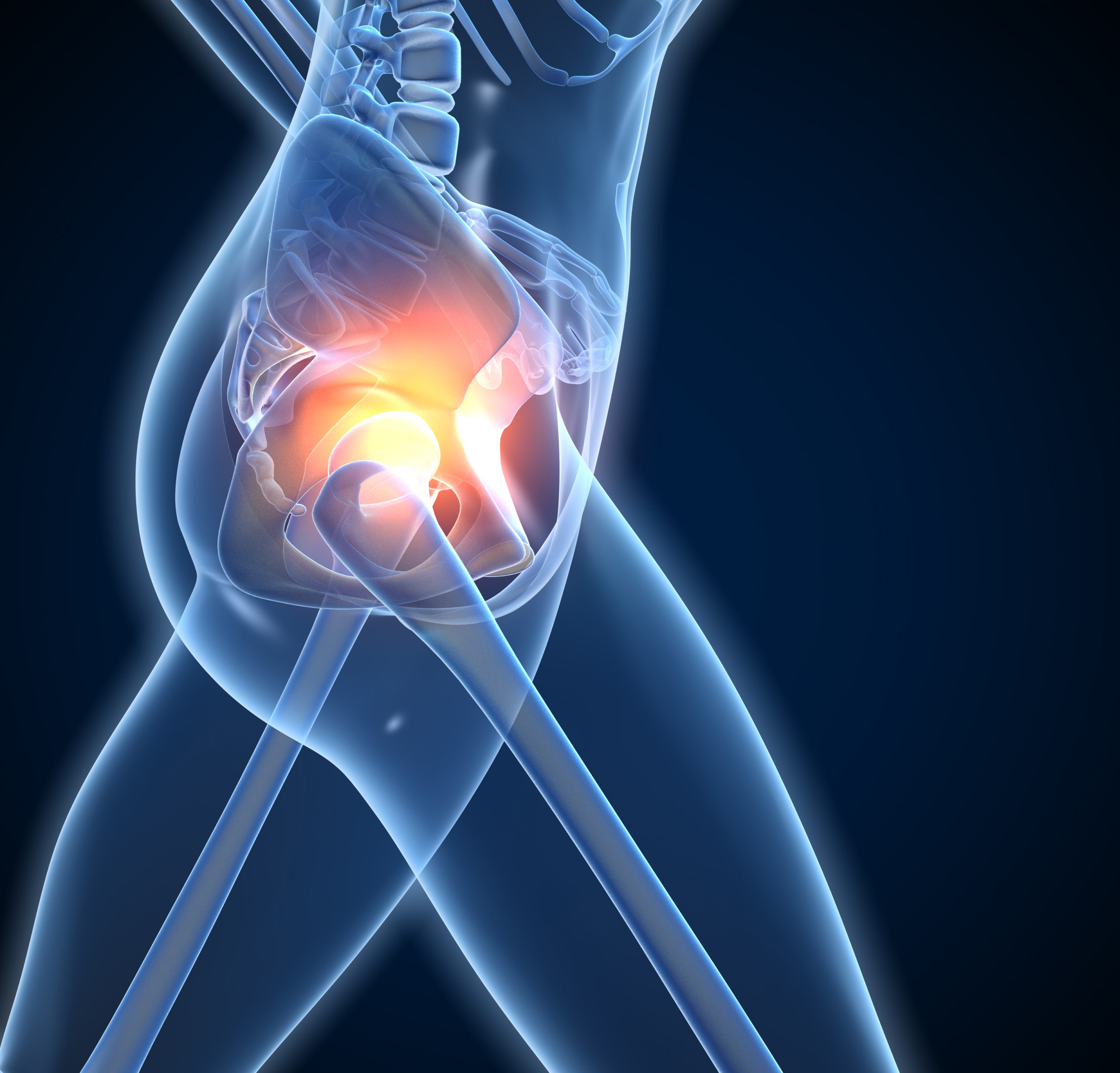Hip impingement results from excessive contact between the ball and socket of your hip joint. Bony changes or deformities compress or pinch your bone, cartilage, and other joint structures. This leads to tears of your labrum and early hip arthritis. Surgery and physical therapy are the most common treatments. This article describes the best approach to hip impingement exercises.
People with hip impingement report clicking, catching, stiffness, and even locking of their hip. If suffering from impingement, you will experience pain in the front of your hip, groin, the outside of your hip, or in your buttock. It is also common to experience low back pain at the same time. Deep squatting or twisting movements bring on your pain. Sitting in the car or in low chairs also brings on your pain.
A Proven Approach to Exercise
A 2019 review in The American Journal of Sports Medicine investigated the effectiveness of exercise for people with hip impingement. The review included 5 clinical trials with over 100 patients. Based on this research, exercise supervised by a physical therapist was best. Also, exercise programs that include strengthening exercises for the hip and core muscles lead to the best overall improvements.
Core Strengthening Exercises
The position of your pelvis influences the bones and mobility of your hip. An anteriorly tilted pelvis, seen in people with arched lower backs, exacerbates hip impingement. Therefore, exercises that facilitate a neutral or slightly posteriorly tilted pelvis are preferred. Your lower abdominal muscles maintain proper pelvic and spine positioning during physical activity. Early basic exercises emphasize proper pelvic alignment. The basic exercises must be mastered before moving on.
After proper pelvic positioning and abdominal bracing are achieved, you are ready to progress to more challenging core exercises. This includes exercises such as the dead bug, rollouts, and plank variations. Perform all exercises with a neutral spine and pelvis. Also, emphasize high repetitions to develop trunk muscle endurance and strength.
Hip Strengthening Exercises
Glute muscle weakness is common in people with hip impingement. Restoring glute muscle activation, strength, and endurance is important to alleviate compression and pinching in your hip. Start with basic floor exercises to activate your gluteus medius and gluteus maximus. Clam shells, hip abduction, and a bridging progression are excellent starting places. Remember, emphasize proper form and high repetitions like 15 to 20 per set.
After adequate training of your core and glutes, you are ready to progress to standing and dynamic exercises. It is important to maintain balance and good alignment of your trunk and legs during these exercises. Do not allow your upper body to lean to the side. And avoid allowing your knee to cave inwards. Both of these compensations will increase compressive stress on the front of your hip. Lateral Band Walks, l-Leg RDLs, and 1-Leg squat variations are great exercises to implement in this phase.
Get More Help with Hip Impingement Exercises
Core and hip strengthening exercises are proven forms of treatment for hip impingement. The 9 hip impingement exercises in this article are a sample of many excellent options. As always, your unique presentation and goals will dictate the approach that is best for you.
Commit to these exercises for at least 6 weeks. Remember to emphasize proper form with slow and controlled movements. If you would like help getting started, call our office to schedule an initial evaluation with your physical therapist.

